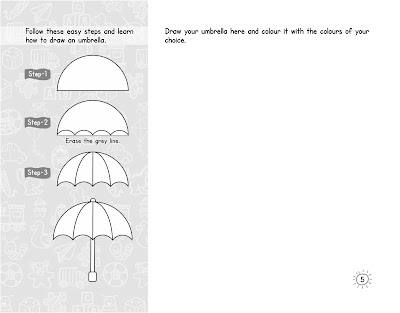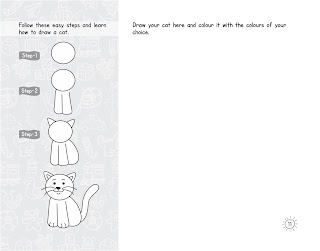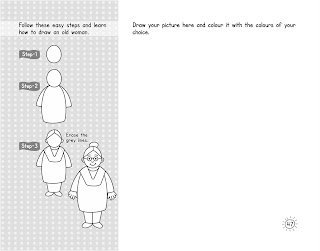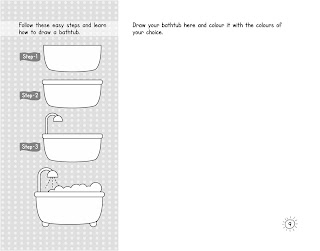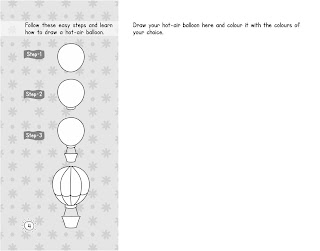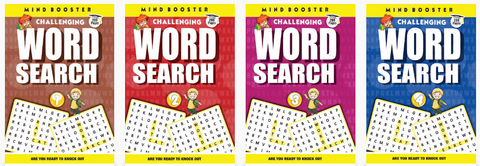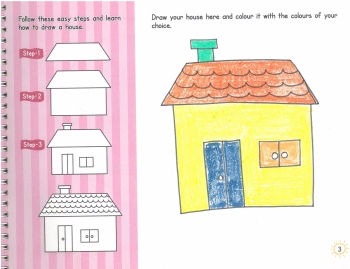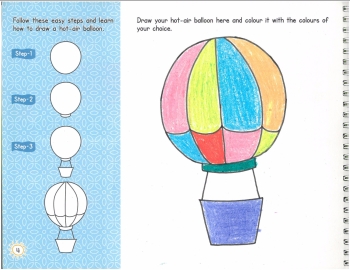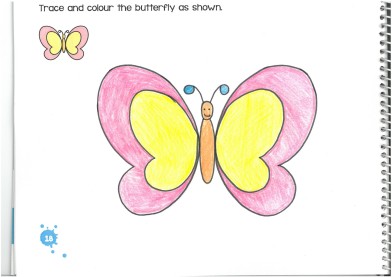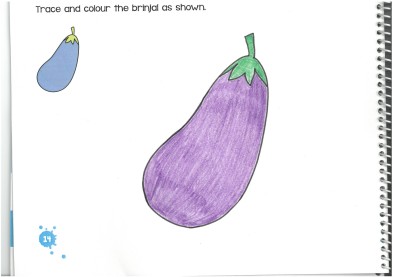How to Draw - Step by Step Drawing for Kids and Beginners
Drawing is the first step of learning, be it at home or in school. Children start making doodles on the things at home and depict their internal feelings through various expressions. It is the natural way of their development both physically and mentally. What they see and how they see it matters a lot because it builds their imagination and it is considered the source of learning and acquiring knowledge. Drawing, with its various benefits, builds a strong foundation for children. Let’s discuss them.
1. Gross and Fine Motor Skills: Development in motor skills of children is very important, it defines how well a child would be able to write well in his/her coming years if the gross and fine motor skills are fairly managed by parents at home through various drawing, colouring and pattern writing exercises. One can easily understand the difference between gross and fine motor skills through a very simple example if a child draws a line or a circle not accurately, but in its resembling shape, it is an example of gross motor skill. When a child masters that skill and start making a perfect line or a circle, it is an example of fine motor skill. A child starts writing haphazardly, but after practising for a year and more. His/her handwriting improves to such an extent that the child starts writing between the lines. Fine motor skill is the specialised movement of a hand or one can say the movement of the wrist, because it helps us throughout the life whether it is writing, doing something at home or outside, working on a computer or simply riding or driving. All these things can be performed through fine-motor skills. Drawing is the best way to improve motor skills because it not only entertains children but also helps them to understand their surroundings in a well-defined and managed way. They start with doodles and then colour objects given in various colouring books. Their skills improve when they take books which teach them how to draw. Such drawing books foster their imaginative power.
2. Visual Skills Improvisation: Children see various things in their immediate surroundings. They start anaylising their shapes, sizes and colours. It is the process of their visual improvisation. This skill helps children know things better. They start behaving with these things according to space these objects acquire and colour they reflect. This is the same time when a child develops emotions of fun, laugh, fear and getting scared.
Knowledge of distance and comparison help children throughout their lives. Drawing is the perfect source of improving such skills in a very calculated and planned way. Children start drawing with simple concepts like drawing of banana or mango to a little advance and complicated images such as a car. That kind of drawing should be promoted and encouraged by parents at home because it is going to define the lifelong success of a child. It does not mean the concepts of mathematics and languages are not necessary or important for kids, those are the fundamental concepts, but drawing and colouring can be very helpful as assistance.
3. Concentration : Drawing and colouring is the best source of developing concentration. Each activity or image draws the attention of a child. He or she spends time with the picture of a particular object and simultaneously develops concentration. One should not forget that a concentrated mind is the source of all success in life. It can observe things around and develop a proper understanding of them. These are the same minds which have developed all the luxury items we proudly own and enjoy in our daily life. So here is a point which can be said and taken undisputedly that drawing and colouring engage an individual and develop his/her concentration power.
4. Hand-Eye Coordination: Drawing and colouring connect the dots of various essential things that a child needs. In this process, hand-eye coordination cannot be spared. It requires proper skills to do things of various orders – simple to complex – in our daily routine, that can only be handled through proper coordination between our senses and external body parts. Drawing and colouring connect these dots and help a child grow into a well-groomed individual.
